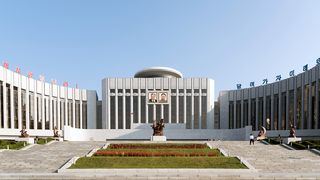Executive summary
- Analysts should not discount the continued threat posed by North Korea, especially in the wake of recent provocations including the Unha-3 rocket launch and third nuclear test.
- China appears to be in the midst of reassessing its strategy after decades of near-continuous policy aimed at a patient approach and a peaceful rise, with a marked shift in outward aggression in its neighbourhood.
- In order to deal with these challenges, the US must strengthen the regional rules-based architecture through its regional allies whilst also increasing its own military capabilities.
Three key security challenges confront the US’ comprehensive engagement of the Asia-Pacific region. Despite the need to manage China as a long-term geostrategic challenge, analysts should not discount the material threat of North Korea. The heightened tensions around the East and South China Seas continue to pose a challenge to regional stability and it is the duty of both China and the US as the largest powers to secure peace. As China continues to rise, it may become more difficult to manage in the future as it adopts a more assertive stance. To this end, the US should strengthen its own military capabilities and encourage the active diplomatic and security participation of its regional allies and partners towards creating a durable, rules-based system that supports more democratic freedom and open rules for resolving disputes.





